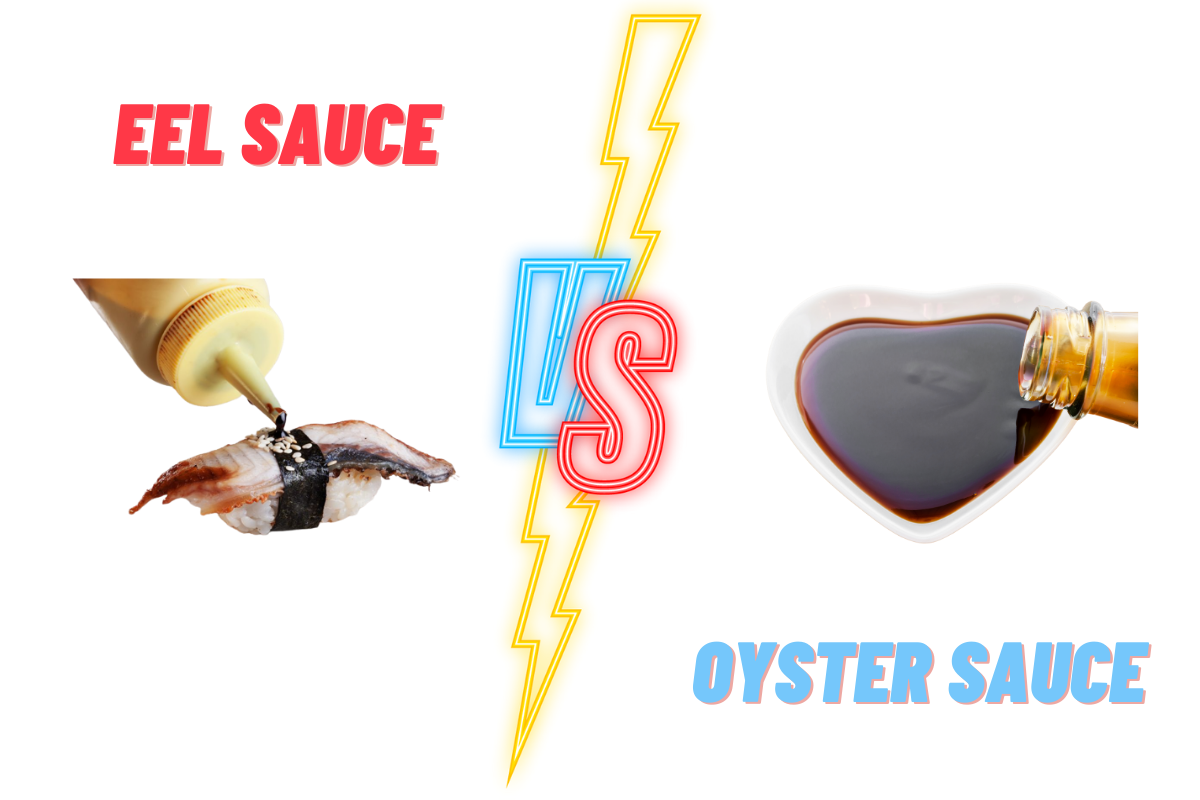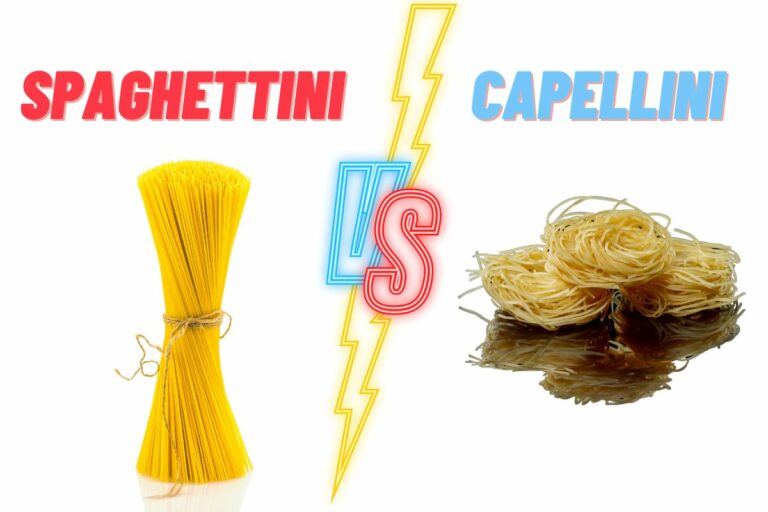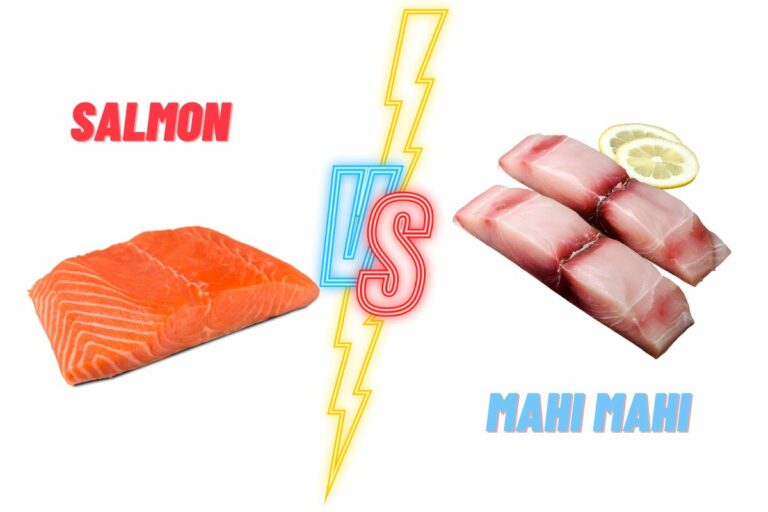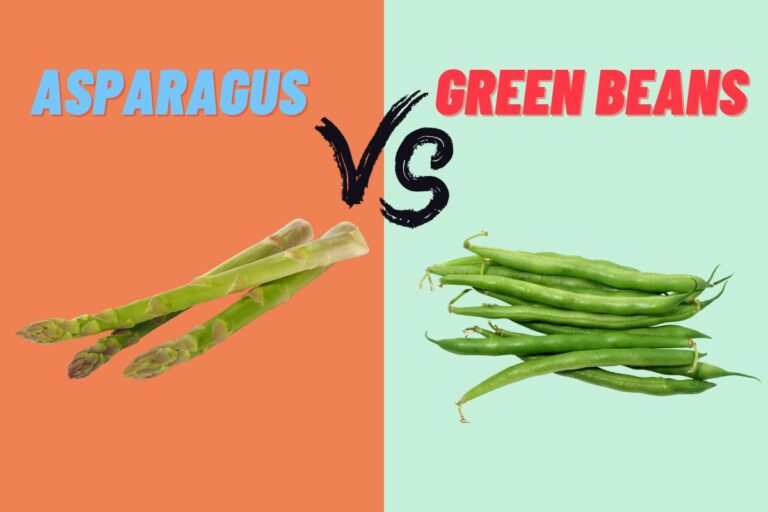Eel Sauce Vs Oyster Sauce: The Ultimate Showdown!
You want the best sauce for your best dishes. Eel sauce and oyster sauce are getting more popular every day, and you might be confused about which one to pick. Don’t worry we got you covered. So, let’s talk about eel sauce vs oyster sauce.
To put it simply, while the oyster sauce is really created from oysters, eel sauce is not. The oysters’ own fluids are combined with sugar, salt, and occasionally cornstarch to make this. While oyster sauce is often used to complement certain sushi preparations, it does not always work in place of eel sauce.
We also covered how to make your own eel and oyster sauce at home, so stick with this article to experience these two blissful sauces.
What Is Eel Sauce?
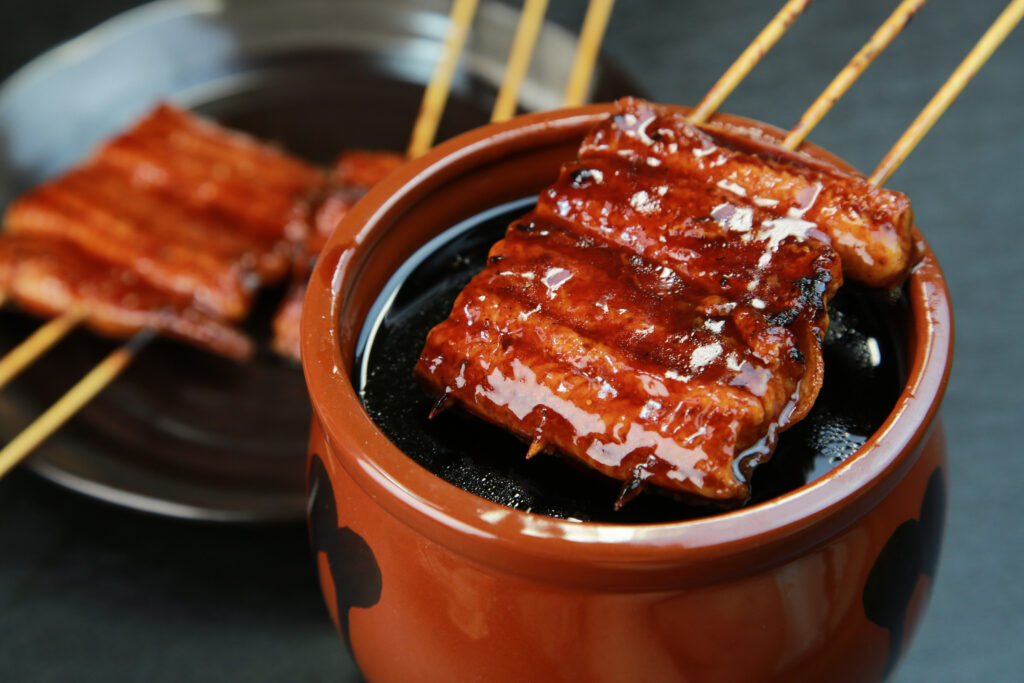
Eel sauce is referred to as Nitsume and Kabayaki sauce in Japan, despite the fact that the Japanese word for the sauce is unagi no tare. This sweet and savory sauce is wonderful with grilled fish or fowl and is often used as a finishing touch on sushi.
This flavor works particularly well with grilled eel and eel rolls, two of the most well-known dishes in Japanese cuisine. When I’m in a hurry and want a quick bite, I toss these noodles in this sauce after they’ve been freshly cooked.
If you want the flavor to be richer and more authentic, add a half cup of dashi to the dish. (The most authentic version of the Japanese stock known as dashi may be made at home.)
What Is Oyster Sauce?
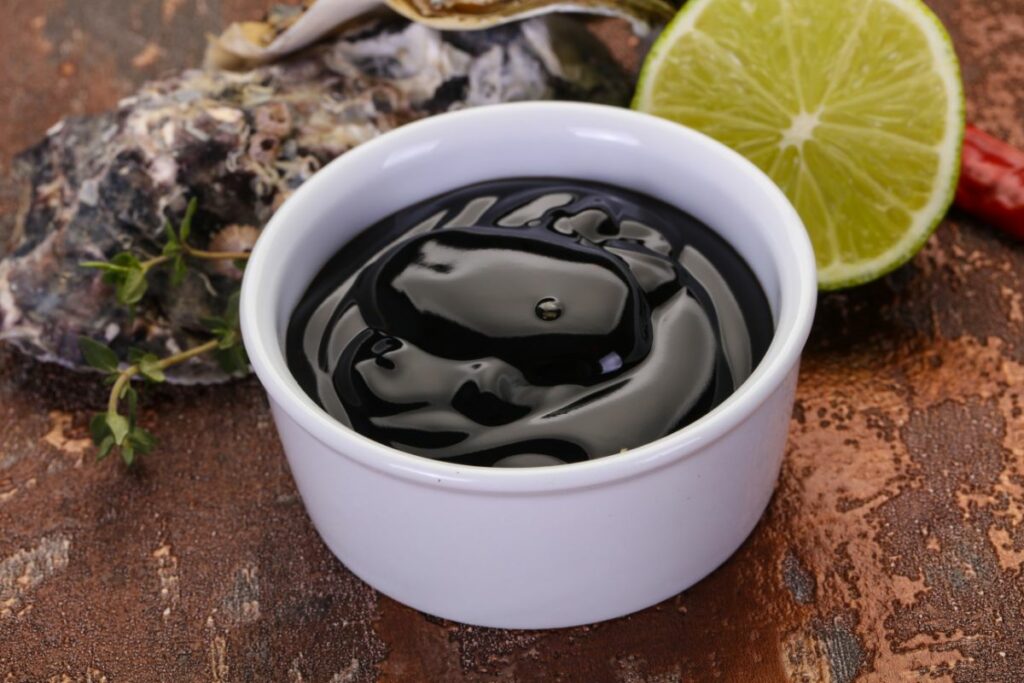
Oyster sauce lends a rich and syrupy quality to the food that is prepared using Chinese culinary techniques. Even though it was made using oyster extract, the taste has almost no trace of fishiness.
On the other hand, the oyster sauce has a savory, earthy, and somewhat sweet flavor profile. It is composed of oyster secretions that have been caramelized, sugar, salt, and soy sauce, and it is thickened with cornstarch that has been reduced in heat.
The color of oyster sauce may be characterized as “almost black,” while the consistency can be described as “thick.” It is used in Cantonese, Thai, and Vietnamese cuisines, and it is most often seen in meat and vegetable dishes in these cuisines. The price of oyster sauce is similar to that of soy sauce, however, the exact price might change depending on the brand.
Difference Between Eel Sauce And Oyster Sauce
In many ways, we can differentiate between these two sauces. Each sauce has its own unique qualities that make them special.
| Differencing Factors | Eel Sauce | Oyster Sauce |
| Taste | Meaty with sweet and salty notes | Sweet, savory, syrupy, and nutty. |
| Ingredient | Sake, mirin, sugar, and soy sauce. | Oyster extracts, MSG, sugar, and salt foundation. |
| Storage | Shelf life is three months. | Shelf life is 2 years if it is kept in an airtight bottle. |
Taste
We’ve already established that, despite their namesake, most eel sauces don’t really include eel. You can really taste the umami in these sauces. Think of a combination of hoisin sauce and barbeque sauce. You might nearly mistake it for a standard eel sauce seen in the West.
If the proportions are right, you’ll taste a combination of sweet and salty notes with a trace of smoke. It’s also quite umami, as we’ve already indicated (meaty).
For its sweet and savory flavor, oyster sauce relies on oyster fluids, salt, and sugar. It also has the delicious, somewhat sour taste of umami.
It’s a staple in Asian cooking, especially Chinese and Thai, where it’s used in everything from stir-fries to meat marinades to dipping sauces.
To put it simply, the oyster sauce tastes like a cross between a fish sauce and soy sauce. Thick and syrupy, with a deep brown hue, it has a nutty flavor. A suitable replacement ought to come as close as possible to reproducing these tastes and sensations.
Ingredients
Simple to prepare, eel sauce requires only four ingredients: sake, mirin, sugar, and soy sauce, which are reduced until thick paste forms. Its versatility and ease of application mean that it may be used in a broad range of dishes, from eel to sushi rolls.
Simmering oyster soup until it caramelizes into a thick, delicious dark brown sauce is the classic method for making oyster sauce. The rich flavor of the oysters is all that’s needed; no additional salt or seasonings are added.
To increase earnings, however, many commercial oyster sauces nowadays are created using oyster extracts or essences rather than genuine oysters. The term “oyster flavored sauce” is used to distinguish these condiments from “genuine” oyster sauce.
To swiftly get the umami taste of oysters, the essence is put to a cornstarch-thickened sugar and salt foundation. Sauces often have their color and taste boosted with caramel color, soy sauce, and other flavor enhancers like MSG.
Storage
Refrigerated eel sauce lasts up to two weeks if sealed.
The shelf life of frozen eel sauce is around three months. The sauce may be frozen indefinitely if it is stored in an airtight container or freezer bag once it has cooled.
Oyster sauce doesn’t need to be refrigerated and has a shelf life of up to two years when stored in a tightly sealed container. When unopened, the shelf life of oyster sauces is quite consistent between brands.
Once the bottle is opened, the quality of the sauce becomes more important. Depending on the quality, the oyster sauce may keep for up to a year at room temperature and still taste great.
To be on the safe side, use oyster sauce within 6 months after opening.
How To Make Eel Sauce At Home?
The versatile taste of eel sauce complements a broad range of dishes, from eel to sushi rolls. Experiment with it on a wide range of foods, from fried tofu and meat to grilled eggplant. Some people even use a spoon to consume it after drizzling it over popcorn.
Ingredients
- Approximately a quarter cup of soy sauce.
- one-fourth cup of mirin.
- sake, a Japanese rice wine, 2 tbsp.
- The equivalent of 2 teaspoons of granulated sugar.
Steps
- Collect the necessary materials.
- Put the sugar, sake, soy sauce, and mirin in a small saucepan and boil them over medium.
- The sauce should be brought to a gentle boil while being stirred occasionally.
- The liquid should be reduced by about a third. Just keep in mind that it will thicken as it cools. Spread a tiny bit of the sauce on a plate and use your finger to draw a line across it to ensure it is consistent. If the contour stays put, the sauce has reduced enough. You want it to be around the consistency of honey when at room temperature.
- At the point when the consistency is just right, take it off the heat. Once cooled, use as desired; leftovers will keep in the fridge for up to two weeks if stored in an airtight container.
How To Make Oyster Sauce At Home?
Oyster sauce is easy to make at home, and this recipe will show you how to prepare a delicious natural oyster sauce.
Ingredients
- 8 ounces of shucked oysters with liquid.
- 1 tablespoon of soy sauce.
- Salt: 1 teaspoon.
Steps
- The oyster liquid should be saved.
- The oysters should be added to a food processor and minced coarsely.
- Place oysters in a saucepan.
- Bring the pot to a boil and add the oyster liquor you set aside.
- Turn the heat down low, cover, and let the food simmer for 8 to 12 minutes.
- Take the pan from the heat, sprinkle in the salt, and set aside to cool.
- Place a fine strainer over a saucepan and drain the mixture into it. Throw the contents of the sieve away.
- To every half a cup of liquid you measure, add two teaspoons of soy sauce.
- When finished, add another tablespoon of soy sauce and bring to a boil over high heat.
- Turn down to a low simmer and leave for 10 minutes.
- Once it has cooled to room temperature, strain it into a jar that has been soaked in the boiling water for 15 minutes.
- Refrigerate until ready to use, then remove the seal and use.
3 Eel Sauce Substitutes
Here are 3 eel sauce substitutes that you can choose from if you don’t fancy eel sauce.
Korean Galbi Sauce
Galbi is a popular marinade for beef or pig in traditional Korean BBQ. Tastes vary from brand to brand, although most use soy sauce and sugar, then add fruit like pear or apple for variety.
Though unagi sauce calls for mirin, galbi, which has a fruity undertone but no actual fruit flavor, is a great replacement. Spreading the sauce over eel or beef, or incorporating it into stir-fries, is a tasty idea.
Hoisin
Hoisin sauce is readily available at most supermarkets. A Chinese sauce with a combination of spicy, sweet, and salty characteristics. It works well as a glaze and is responsible for the famously crispy and bright red skin of the Peking duck.
Hoisin, like unagi sauce, is fantastic for dipping, but its taste profile is more nuanced. Soybean paste serves as the foundation for this sauce, which also has sugar, vinegar, and other spices. If you’re not a fan of spicy foods, read labels carefully to avoid buying anything that could contain chile.
Ponzu
Ponzu is an excellent choice if you want your food to have a tart taste. It is a traditional Japanese condiment similar to unagi in that it is made from soy sauce and mirin. The inclusion of citrus components like Sudachi and Yuzu makes a huge impact.
This is a great replacement for those who want sauces with a range of flavors, including salty, sour, sweet, and bitter. It pairs well with sushi and works well as a seasoning for fish and chicken.
3 Oyster Sauce Substitutes
Here are 3 oyster sauce substitutes you might like.
Teriyaki Sauce
Teriyaki sauce may stand in for oyster sauce when you don’t have any on hand since they’re both thick and flavorful. Sugar, soy sauce, and sake or mirin give it a sweetness that surpasses that of oyster sauce.
Specifically, teriyaki sauce may be used in place of oyster sauce in stir-fries and noodle meals. It’s great for making marinades and dipping sauces.
Vegan Mushroom Sauce
Mushrooms have a great umami taste and may be used as a vegan alternative to fish or animal products in recipes calling for oyster sauce.
Even though soy and hoisin sauces are often vegan, some individuals love crafting their own “oyster” sauce out of mushrooms because of its unique flavor. You might also try looking for readymade mushroom “oyster” sauces at gourmet food shops.
For these sauces, you’ll need some dried mushrooms or mushroom broth cubes, some soy sauce, some sugar, and some cornstarch. This vegan recipe has all the information you need.
Soy Sauce
If you don’t have any oyster sauce on hand, you may easily replace it with soy sauce. Those who avoid eating seafood may enjoy it as well since it is vegan and vegetarian.
In contrast to oyster sauce, which is thick and rich in flavor, soy sauce is thin and salty. Add sugar to sweeten it if you use it in a dish that asks for oyster sauce. In order to keep the meal from tasting excessively salty, use less of it than the amount called for in the recipe.
The sweet soy sauce sold at Asian grocery stores and gourmet food shops, which goes by the name ‘Kecap Manis’ in Indonesia, is an even better alternative. Marinated soybeans are fermented into tamari, a soy sauce that is gluten-free for those with dietary restrictions.
FAQs
What Is The Color Of Eel Sauce?
Traditionally served with grilled eel foods such as Kabayaki, unadon (or Unaju), and Hitsumabushi, eel sauce is a brown sauce that is sweet, umami, and salty. Other names for eel sauce include unagi no tare, Kabayaki sauce, and Nitsume sauce (sweet eel sauce).
Is Unagi Sauce And Eel Sauce The Same?
Unagi no Tare, which translates from Japanese literally to “eel sauce,” refers to a thick and sweetened soy sauce. Unagi don (Unadon/Unaju) and unagi sushi (prepared with raw eel) are two of the most well-known meals that include grilled eel.
Conclusion
Eel sauce and oyster sauce are both fun sauces with which to experiment with your Asian delights. After all the discussion, you should be clear about the difference between eel sauce and oyster sauce.
Eel sauce is not made with actual eels, although the oyster sauce is. This is made from oyster secretions mixed with sugar, salt, and sometimes cornstarch. While oyster sauce is a common addition to sushi, it is not always a suitable substitute for eel sauce.

